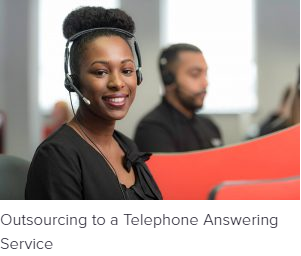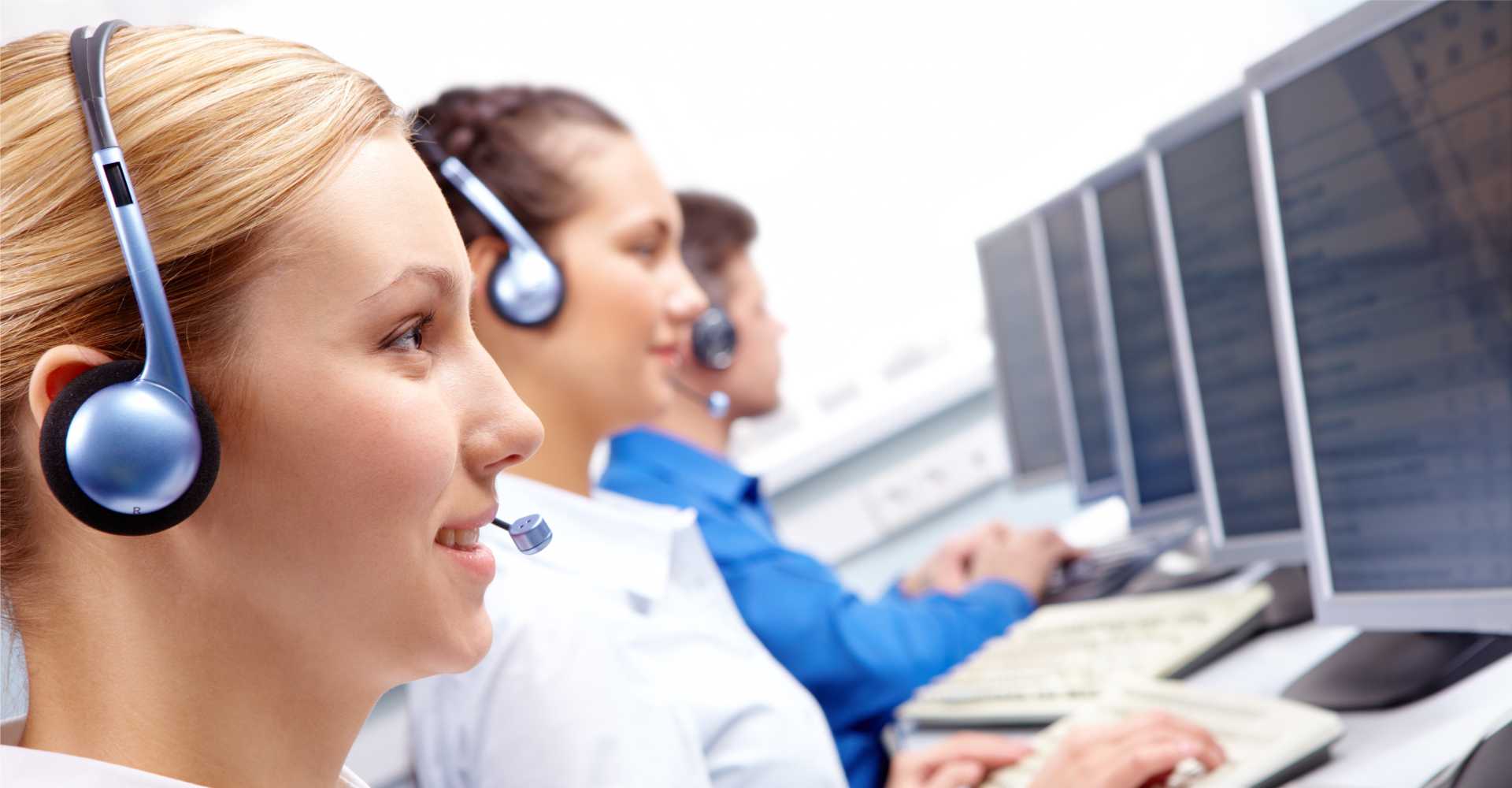All Categories
Featured
Table of Contents
- – Best Outsource Answering Services In The Usa - ...
- – Which Is The Best The Best Answering Service F...
- – Who Has The Best 4 Different Types Of Business...
- – What Is The Best What Is An Answering Service...
- – What Are The Best Virtual Receptionist (Live ...
- – Who Is The Best How Outsourced Phone Answeri...
Best Outsource Answering Services In The Usa - Start From $11/hr Shop Near Me
This device and its successors were developed by Sava Jacobson, an electrical engineer with a private consulting organization. While early voice mail used magnetic tape innovation, the majority of contemporary devices utilizes solid state memory storage; some devices utilize a mix of both, with a solid-state circuit for the outgoing message and a cassette for the incoming messages.
"toll conserving" listed below) (answer phone service). This works if the owner is evaluating calls and does not want to speak with all callers. In any case after going, the calling party must be notified about the call having been responded to (in a lot of cases this begins the charging), either by some remark of the operator, or by some welcoming message of the little bit, or resolved to non-human callers (e.
This holds specifically for the Littles with digitally kept greeting messages or for earlier makers (before the increase of microcassettes) with an unique endless loop tape, different from a 2nd cassette, devoted to recording. There have been answer-only gadgets without any recording capabilities, where the welcoming message had to inform callers of a state of existing unattainability, or e (virtual call answering service).
Which Is The Best The Best Answering Service For Clinics

about schedule hours. In tape-recording Little bits the welcoming typically contains an invitation to leave a message "after the beep". A voice mail that uses a microcassette to tape messages On a dual-cassette answerphone, there is an outbound cassette, which after the defined number of rings plays a pre-recorded message to the caller.

Single-cassette voice mail include the outgoing message at the beginning of the tape and incoming messages on the staying space. They first play the statement, then fast-forward to the next readily available space for recording, then record the caller's message. If there are numerous previous messages, fast-forwarding through them can trigger a substantial hold-up.
This beep is frequently referred to in the greeting message, requesting that the caller leave a message "after the beep". Little bits with digital storage for the taped messages do not show this hold-up, of course. A little may use a remote control center, where the answerphone owner can ring the house number and, by entering a code on the remote telephone's keypad, can listen to taped messages, or delete them, even when far from house.
Who Has The Best 4 Different Types Of Business Phone Answering Services?

Consequently the device increases the number of rings after which it answers the call (typically by 2, leading to four rings), if no unread messages are presently stored, however answers after the set variety of rings (normally 2) if there are unread messages. This permits the owner to discover whether there are messages waiting; if there are none, the owner can hang up the phone on the, e.
Some devices also allow themselves to be remotely activated, if they have been changed off, by calling and letting the phone ring a particular large number of times (generally 10-15). Some provider desert calls currently after a smaller variety of rings, making remote activation difficult. In the early days of Little bits a special transmitter for DTMF tones (dual-tone multi-frequency signalling) was regionally needed for remote control, because the formerly employed pulse dialling is not apt to communicate proper signalling along an active connection, and the dual-tone multi-frequency signalling was implemented stepwise.
Any inbound call is not identifiable with respect to these properties in advance of going "off hook" by the terminal equipment. So after going off hook the calls need to be changed to proper gadgets and just the voice-type is instantly available to a human, but possibly, nevertheless must be routed to a LITTLE BIT (e.
What Is The Best What Is An Answering Service? Business?
What if I informed you that you do not have to actually choose up your device when answering a consumer call? Somebody else will. So convenient, ideal? Responding to call doesn't require somebody to be on the other end of the line. Effective automated phone systems can do the trick simply as effectively as a live agent and often even better.
An automatic answering service or interactive voice response system is a phone system that communicates with callers without a live individual on the line - phone call answering. When business use this technology, clients can get the answer to a question about your business simply by using interactions established on a pre-programmed call flow.
Although live operators update the customer support experience, lots of calls do not require human interaction. A basic documented message or instructions on how a consumer can recover a piece of details usually fixes a caller's instant requirement - call answering services. Automated answering services are a simple and reliable method to direct incoming calls to the ideal individual.
What Are The Best Virtual Receptionist (Live Phone Answering Service) Companies?
Notification that when you call a business, either for assistance or item query, the first thing you will hear is a pre-recorded voice greeting and a series of choices like press 1 for customer support, press 2 for inquiries, and so on. The pre-recorded alternatives branch out to other choices depending on the customer's selection.
The phone tree system helps direct callers to the best person or department using the keypad on a mobile phone. In some instances, callers can use their voices. It deserves noting that auto-attendant options aren't limited to the 10 numbers on a phone's keypad. Once the caller has actually picked their first alternative, you can design a multi-level auto-attendant that utilizes sub-menus to direct the caller to the ideal kind of help.
The caller does not need to interact with a person if the auto-attendant phone system can manage their issue. The automated service can route callers to a staff member if they reach a "dead end" and require help from a live representative. It is costly to hire an operator or executive assistant.
Who Is The Best How Outsourced Phone Answering Service Can Help Your ... Provider
Automated answering services, on the other hand, are significantly less pricey and offer significant cost savings at approximately $200-$420/month. Even if you don't have committed personnel to deal with call routing and management, an automated answering service improves efficiency by permitting your team to concentrate on their strengths so they can more effectively invest their time on the phone.
A sales lead routed to consumer service is a lost shot. If a client who has item concerns reaches the wrong department or receives insufficient responses from well-meaning employees who are less trained to manage a particular type of concern, it can be a cause of disappointment and discontentment. An automated answering system can reduce the number of misrouted calls, therefore helping your staff members make better use of their phone time while maximizing time in their calendar for other tasks.
With Automated Answering Systems, you can create an individualized experience for both your staff and your callers. Make a recording of your primary greeting, and merely update it routinely to reflect what is going on in your organization. You can develop as numerous departments or menu options as you want.
Table of Contents
- – Best Outsource Answering Services In The Usa - ...
- – Which Is The Best The Best Answering Service F...
- – Who Has The Best 4 Different Types Of Business...
- – What Is The Best What Is An Answering Service...
- – What Are The Best Virtual Receptionist (Live ...
- – Who Is The Best How Outsourced Phone Answeri...
Latest Posts
Custom Phone Answering Near Me
Comprehensive Business Answering Service Near Me – Australia
Value 24/7 Answering Service
More
Latest Posts
Custom Phone Answering Near Me
Comprehensive Business Answering Service Near Me – Australia
Value 24/7 Answering Service